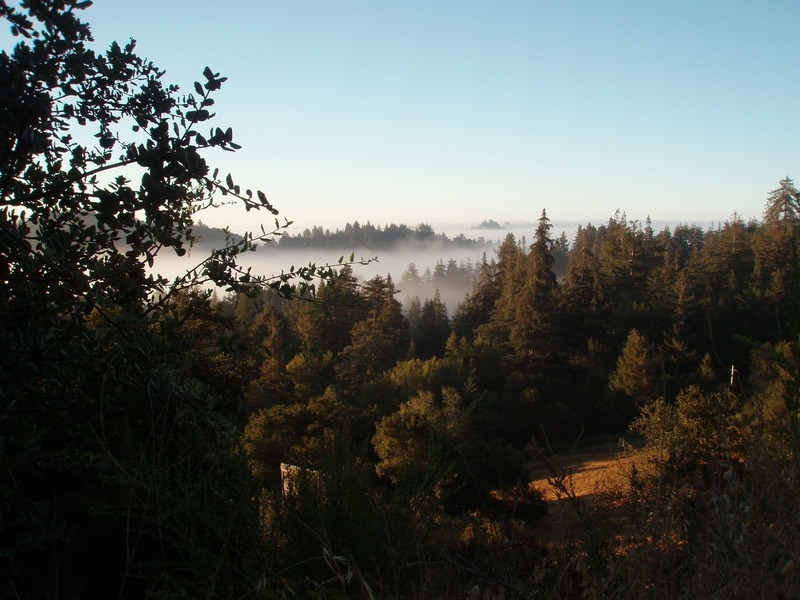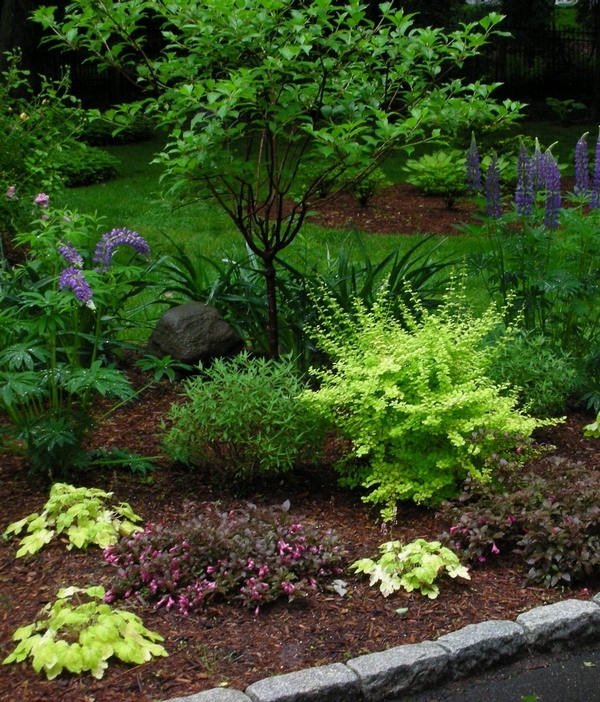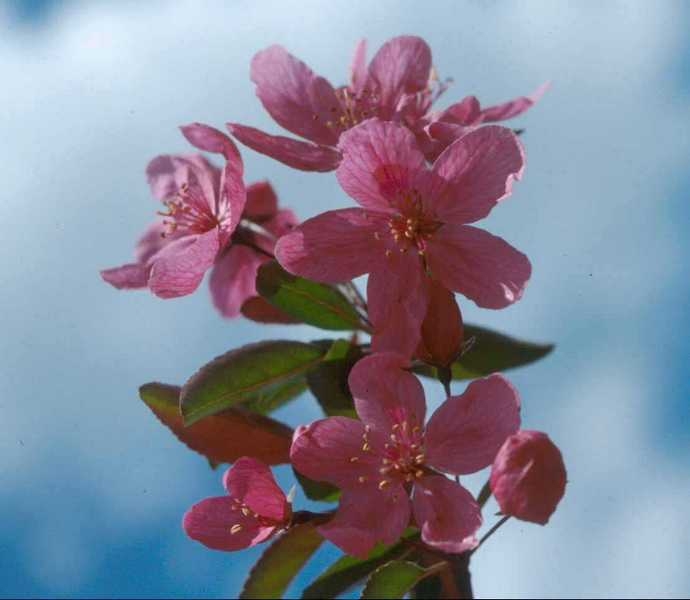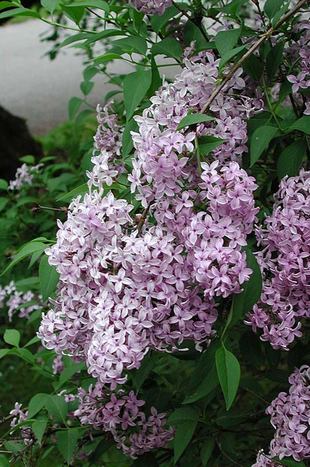As you plan this year’s garden, whether it’s a new vegetable bed, un-thirsty perennials, shade trees , or anything in between, think of how they will affect your surroundings. Will they take up less of the earth’s resources and not too much of your own time and energy? Changing weather patterns make it smart to find new, more sustainable ways to garden. Downsize your garden’s neediness without sacrificing beauty or productivity.
Start with a smart design.
- Does yo
ur garden utilize permeable paving like gravel or pavers that help manage runoff, giving the soil more time to absorb rainfall and recharge the ground water?
- Have you considered installing a rain garden or small, planted basin to catch and filter rainwater and keep it onsite?
- Have you grouped plants in your garden according to their water needs? Do you have some plantings that can survive on rainfall alone after their second season? Have you chosen plants that are locally grown and adapted to our climate?
- Do you have an irrigation system that is efficient without being wasteful? Do you water slowly, deeply and infrequently so there is no runoff? Do you water in the early morning or evening to maximize absorption?
- Do you have deciduous trees to provide cooling shade in the summer and allow sunlight to warm the house in winter? Do you have trees and shrubs to clean the air of nitrogen and sulfur dioxide, ozone and carbon monoxide? Trees also breathe in carbon dioxide ( a major greenhouse gas) , use the carbon to build mass, then exhale oxygen. They retain more carbon than they lose so every tree you plant helps reduce your carbon footprint on the planet.
- Does your garden feed and shelter birds, butterflies and other wildlife? Do you have perennials such as echinacea, lavender, penstemon or salvia to attract pollinators like bees and hummingbirds? Have you planted flowers that attract beneficial insects to help control harmful insects? Do you use organic pesticides?
- Do you make your soil a priority by adding compost each year? Do you mulch your soil to keep down weeds and conserve water? Do you use natural fertilizers like manures or fish emulsion that feed the soil? Do you compost the green and brown waste your garden produces-fallen leaves, weeds without seeds, grass clippings, spent flowers and vegetables?
- Do you stay ahead of weeds , pulling them before they set seed and spread?
Take steps to make your corner of the world contribute to the larger landscape around you.

 . It’s confusing in Sunset Western Gardening Guide as our area has many microclimates and their map is not detailed enough to reflect this. They even show Felton as being on a ridge top instead of on the valley floor. Here are some tips to help you determine in what zone you garden.
. It’s confusing in Sunset Western Gardening Guide as our area has many microclimates and their map is not detailed enough to reflect this. They even show Felton as being on a ridge top instead of on the valley floor. Here are some tips to help you determine in what zone you garden.
 ur house like houseplants. It’s similar to sprouting alfalfa, cress, sunflower and buckwheat seeds in a jar and eating them before the second set of leaves emerge. Micro greens, however, can be grown in soil, sprinkled on sponges or fine textured fabric. Because they won’t be around long enough to flower or fruit, they don’t need much light. . It takes about 30 days for micro greens to set their first leaves and be ready to harvest. When the first leaves appear they are at the peak of their nutritional concentration.
ur house like houseplants. It’s similar to sprouting alfalfa, cress, sunflower and buckwheat seeds in a jar and eating them before the second set of leaves emerge. Micro greens, however, can be grown in soil, sprinkled on sponges or fine textured fabric. Because they won’t be around long enough to flower or fruit, they don’t need much light. . It takes about 30 days for micro greens to set their first leaves and be ready to harvest. When the first leaves appear they are at the peak of their nutritional concentration. ering crabapples not only for their spring blossoms but for the small fruits that attract birds in the fall and winter and Prairifire is one of the best. Red buds open to bright pinkish red single flowers that cover the 20 foot tall tree. Purple foliage follows which turns bronze green by summer. Fruit is deep red, only 1/4" in size, and hangs well into winter on the tree. This crabapple has excellent disease resistance to scab, cedar-apple rust, mildew and fireblight which sometimes plagues some crabapples. It would make an outstanding ornamental tree in your garden.
ering crabapples not only for their spring blossoms but for the small fruits that attract birds in the fall and winter and Prairifire is one of the best. Red buds open to bright pinkish red single flowers that cover the 20 foot tall tree. Purple foliage follows which turns bronze green by summer. Fruit is deep red, only 1/4" in size, and hangs well into winter on the tree. This crabapple has excellent disease resistance to scab, cedar-apple rust, mildew and fireblight which sometimes plagues some crabapples. It would make an outstanding ornamental tree in your garden.